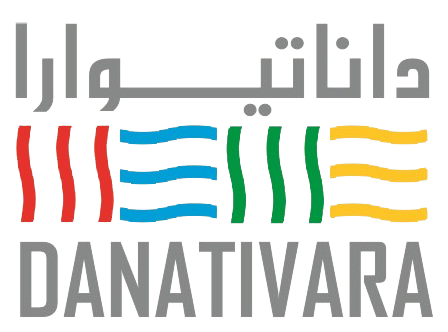[vc_row][vc_column][vc_column_text css_animation=””]
Halon systems were introduced in the early sixties for use in aircraft fire suppression and for protecting highly valuable materials and in places such as museums,
mainframe rooms and telecommunication switching centers where a sprinkler system cannot be used. It is advantageous as a fire extinguishing agent to protect these areas or buildings because it is electrically non-conductive, dissipates rapidly without residue, is safe for limited human exposure, and extremely efficient in extinguishing most types of fires.
Under the Clean Air Act (CAA), the U.S. banned the production and import of virgin halons 1211, 1301, and 2402 beginning January 1, 1994 in compliance with the Montreal Protocol On Substances That Deplete The Ozone Layer. The halons that are already in existence are now the only sources of supply.
[/vc_column_text][vc_empty_space][/vc_column][/vc_row][vc_row][vc_column width=”1/2″][vc_column_text css_animation=””]
If you currently have a Halon suppression system, it is legal to continue to use and we can inspect your system for you or recharge it using recycled Halon. However, because halons deplete the ozone layer and because as the supply of Halon diminishes, it becomes more and more expensive, you may want to consider replacing your system with a clean agent fire suppression system.
[/vc_column_text][/vc_column][vc_column width=”1/2″][vc_single_image image=”1690″ img_size=”full” alignment=”center” css_animation=””][/vc_column][/vc_row]

